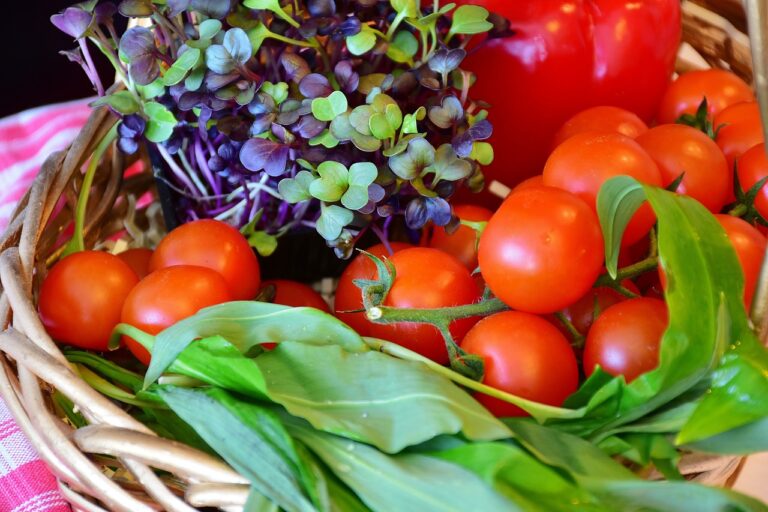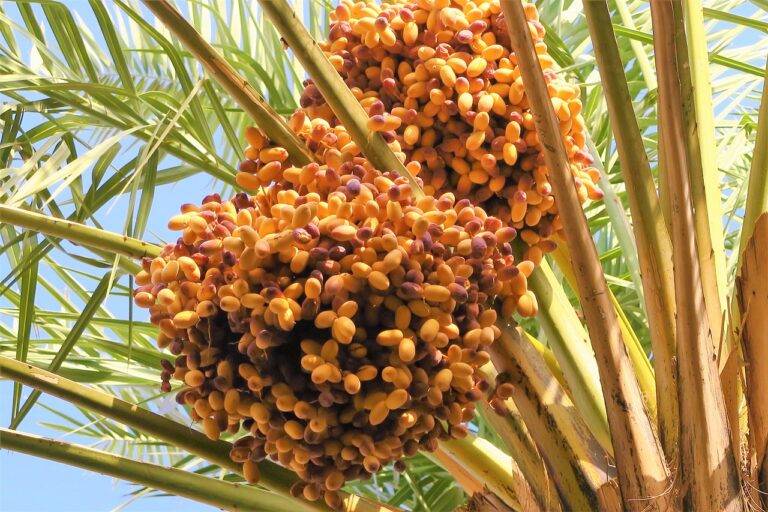Enhancing Food Security Through Agrobiodiversity Conservation and Seed Sovereignty
Agrobiodiversity in agriculture refers to the variety of plants, animals, and microorganisms that make up the agricultural ecosystem. This diversity is crucial for food security, resilience to environmental challenges, and sustainable farming practices. Embracing a wide range of genetic resources can enhance crop productivity, improve soil health, and reduce the reliance on chemical inputs.
By cultivating a diverse range of crops and livestock, farmers can adapt to changing climatic conditions and pest pressures. Agrobiodiversity also plays a key role in preserving traditional knowledge and cultural practices related to farming. Moreover, diverse agricultural systems can contribute to the conservation of endangered species and the maintenance of healthy ecosystems.
The Threats to Seed Sovereignty
Seed sovereignty is increasingly threatened by the dominance of a few multinational corporations in the seed industry. These corporations often promote monoculture farming practices and genetically modified seeds, which can lead to the loss of traditional seed varieties and indigenous knowledge.
Additionally, restrictive intellectual property rights and patents on seeds limit farmers rights to save, exchange, and sell their own seeds. This undermines the autonomy of farmers and communities to control their food systems and adapt to local environmental conditions, ultimately eroding seed sovereignty.
Methods of Conserving Agrobiodiversity
Conserving agrobiodiversity is crucial for maintaining a resilient food system that can adapt to changing environmental conditions. One effective method is through the establishment of seed banks, where a diverse range of crop varieties are stored and preserved for future use. These seed banks act as genetic reservoirs, safeguarding traditional and heirloom seeds that might otherwise be lost due to industrial agriculture practices and climate change.
Another important approach to conserving agrobiodiversity is through on-farm conservation practices. This involves promoting the cultivation of diverse crop varieties on farms, allowing for the preservation of traditional knowledge and genetic resources within farming communities. By encouraging farmers to grow a variety of crops, we not only protect agrobiodiversity but also enhance agricultural resilience and sustainability.
Seed banks are established to store and preserve a diverse range of crop varieties
Seed banks act as genetic reservoirs, safeguarding traditional and heirloom seeds
On-farm conservation practices involve promoting the cultivation of diverse crop varieties
On-farm conservation helps preserve traditional knowledge and genetic resources within farming communities
Growing a variety of crops enhances agricultural resilience and sustainability
Why is agrobiodiversity important in agriculture?
Agrobiodiversity is important in agriculture because it helps increase resilience to climate change, provides a diverse range of nutrients for human consumption, and supports natural pest control.
What are some threats to seed sovereignty?
Some threats to seed sovereignty include the consolidation of seed companies, the patenting of seeds, and the loss of traditional farming practices.
How can we conserve agrobiodiversity?
There are several methods that can be used to conserve agrobiodiversity, including seed saving, promoting traditional farming practices, establishing seed banks, and supporting small-scale farmers.







